Did you know that working dogs have been officially deployed in law enforcement for over 100 years — and yet one recent review warns that many units still lack solid data on how effective they really are?
Picture a canine partner built not just to fetch toys, but to guard, track, and control in high-stakes situations where lives hang in the balance. These guard dogs aren’t your cuddly couch companions: they’re precision-built powerhouses.
Research shows that selecting and training these dogs demands far more than size and strength — their temperament, drive, and resilience are critical, and many otherwise promising candidates fail before ever reaching deployment.
This is not about cute photos of wagging tails; it’s about animals forged for action, loyalty, and control, ready to enforce rules, protect people, and face threats head-on.
Welcome to a look at the top toughest dogs for animal control — where intelligence meets muscle and loyalty merges with duty.
Best Toughest Dog Breeds For Animal Control
1. Cane Corso
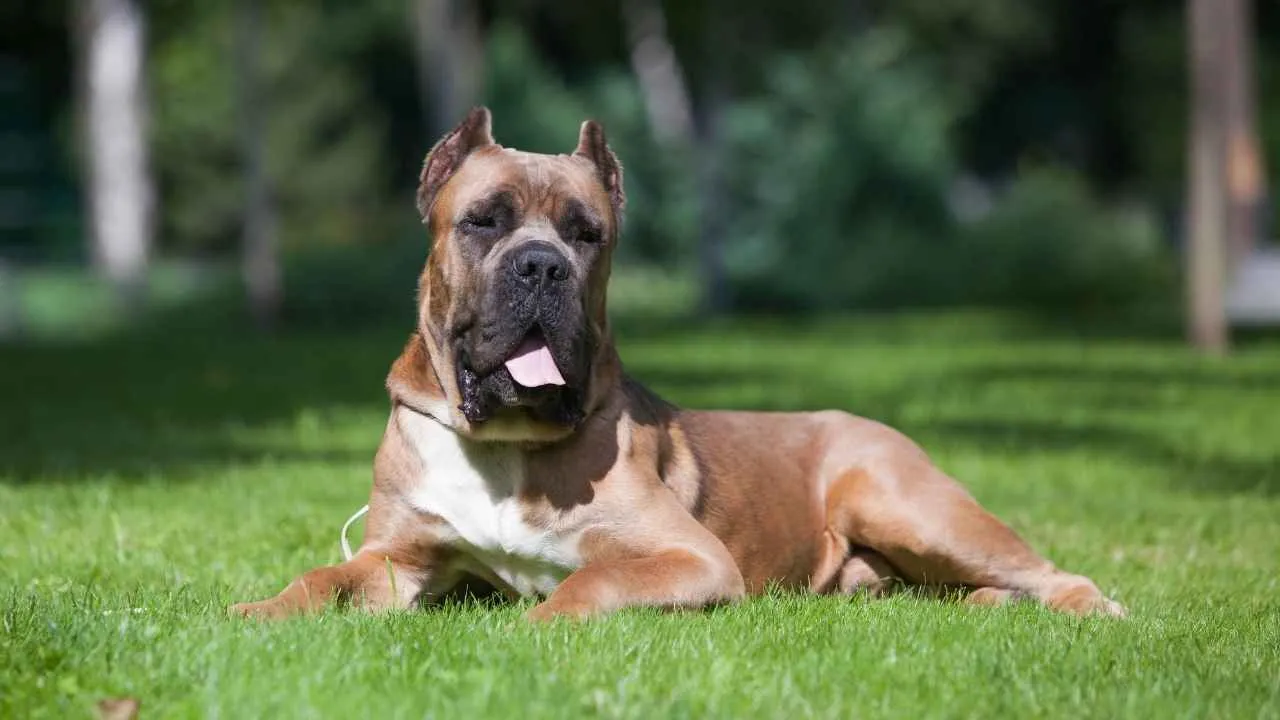
This isn’t just a dog — it’s a living fortress. The Cane Corso, born from the legendary Roman war dogs, embodies raw command and quiet menace. With its heavy frame, cropped stance, and cold focus, it looks ready to patrol ancient gates or modern streets alike.
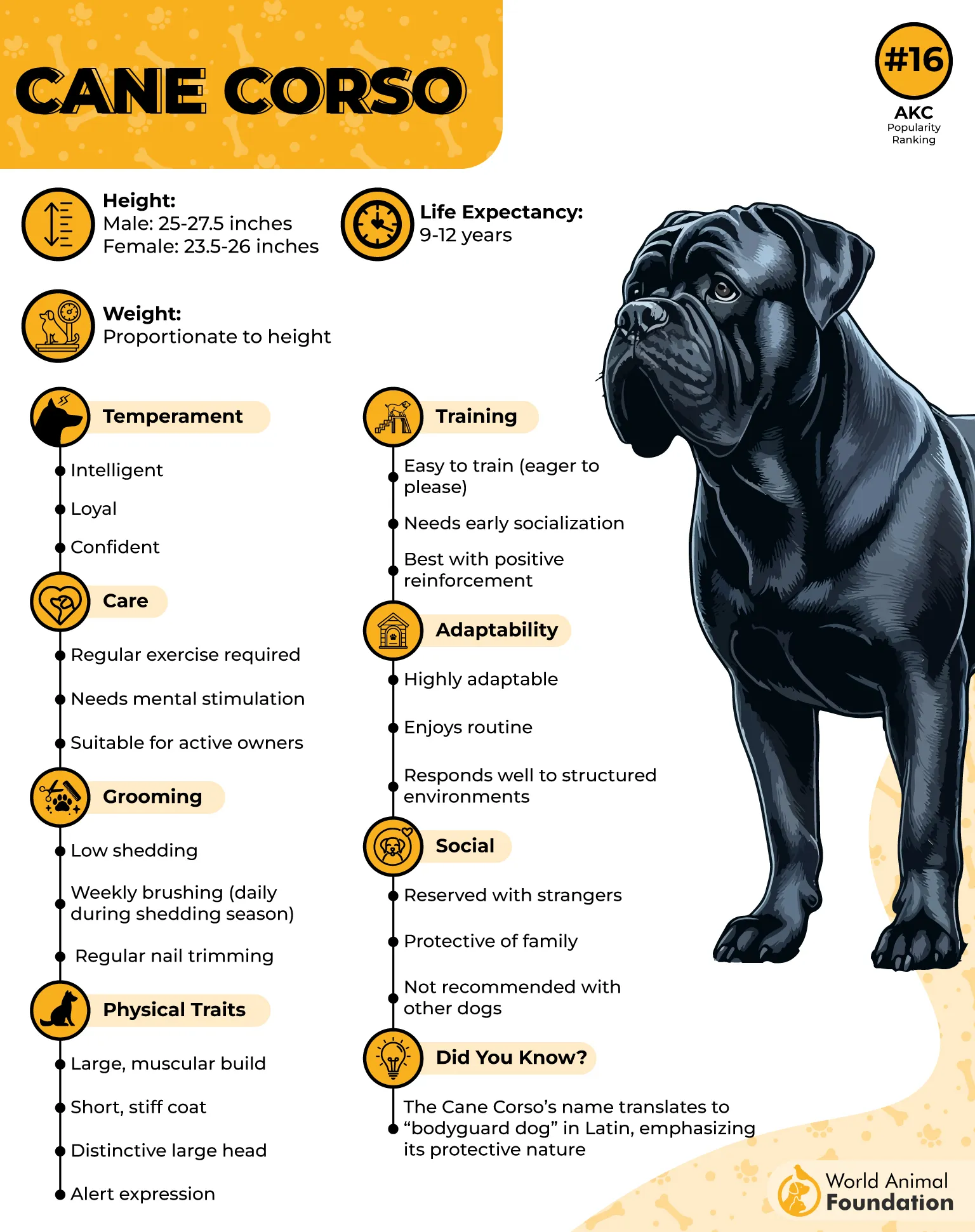
Britannica explains that the breed’s power is unnerving. Its muscle density rivals that of professional athletes, and its bite force measures over 700 PSI, one of the strongest among domesticated dogs.
That strength is paired with fluid movement and frightening acceleration when provoked — traits that make the Cane Corso an unrivaled protector for animal control missions.
Handler’s Insight:
-
Demands confident leadership and clear authority.
-
Responds best to firm training with consistent boundaries.
-
Thrives when treated as a working partner, not a pet.
Brain & Behavior:
-
Analytical thinker, always assessing potential threats.
-
A stable temperament when properly socialized early.
-
Shows instinctive loyalty to the handler above all else.
In modern control work, the Cane Corso serves as both a deterrent and defender. Its imposing frame often ends conflicts before they start, and its endurance allows for prolonged patrols under pressure.
What sets it apart is its ancient warrior spirit combined with sharp modern adaptability — the ultimate guardian reborn for today’s animal control front lines.
2. German Shepherd

Mention animal control, and one name instantly dominates: the German Shepherd. It’s a muscular breed synonymous with discipline, brainpower, and an almost uncanny understanding of human intent. You can see intelligence flicker behind its eyes like a soldier waiting for command.
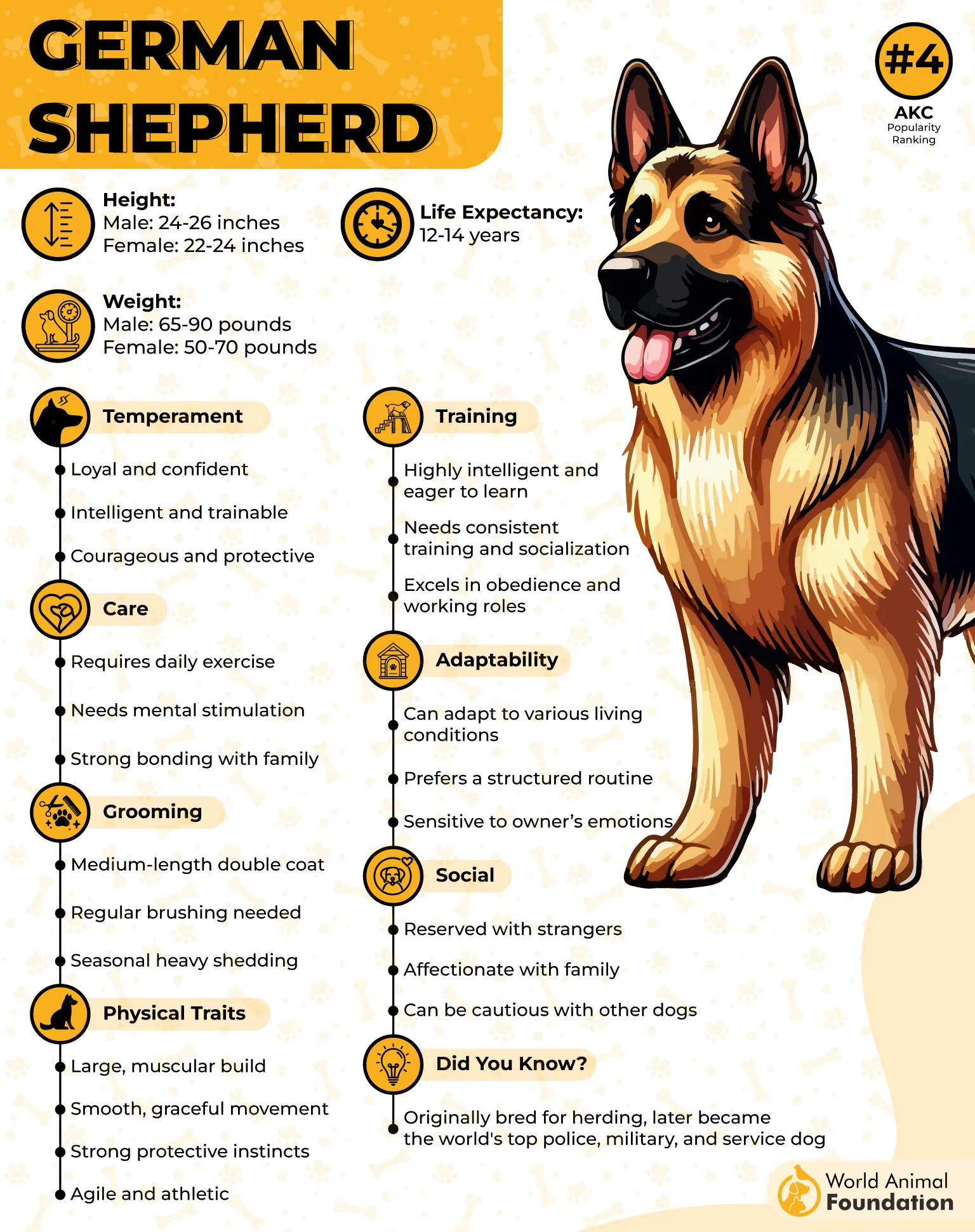
This breed’s physique blends precision and performance. Agile yet powerful, German Shepherds can leap six feet from a standstill and run up to 30 mph when chasing down threats. Every muscle serves a purpose — built not just to subdue, but to act decisively and efficiently.
Handler’s Insight:
-
Thrives on mental stimulation and structured routines.
-
Forms deep emotional bonds with handlers — loyalty is absolute.
-
Requires varied tasks to prevent boredom or restlessness.
Brain & Behavior:
-
Highly responsive to multi-step commands.
-
Possesses near-human levels of problem-solving ability.
-
Known for unmatched obedience under duress.
In the field, German Shepherds excel in detection, pursuit, and restraint — their versatility makes them indispensable in animal control operations across the world. They don’t just react; they anticipate.
What cements their reputation is that seamless blend of logic, athleticism, and heart — the rare trifecta that keeps them at the top of every working-dog ranking.
3. Bullmastiff
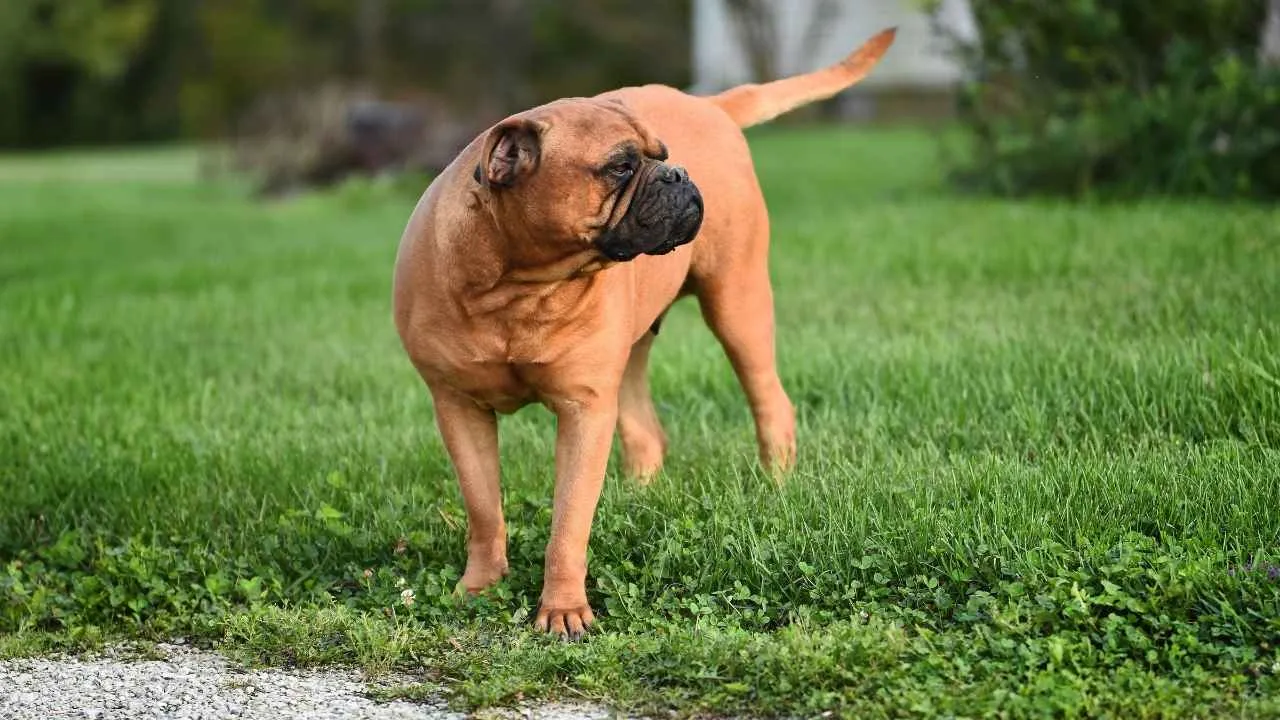
The Bullmastiff is a contradiction that shocks newcomers: massive yet mellow, gentle yet terrifying when challenged. Standing over two feet tall and weighing close to 130 pounds, it moves with the quiet certainty of an apex sentinel.

Strength radiates through every motion. Originally bred to protect English estates from poachers, its power comes from generations of selective breeding for silent takedowns. A Bullmastiff doesn’t bark warnings — it acts. With its immense chest and quick reflexes, it’s a living battering ram when duty calls.
Handler’s Insight:
-
Needs early exposure to varied environments to refine control.
-
Responds to calm, assertive leadership.
-
Bonded handlers gain a fearless ally that won’t retreat.
Brain & Behavior:
-
Exceptionally alert without being nervous.
-
Naturally patient; acts only when necessary.
-
Shows remarkable memory for faces and scents.
In animal control settings, Bullmastiffs are often used for containment and deterrence. Their mere presence can halt aggression before physical engagement. Once locked on, their endurance ensures control until backup arrives.
AKC asserts, what makes them stand out is their eerie calm before the storm — the silent assurance that no threat gets past their watch.
4. Belgian Malinois
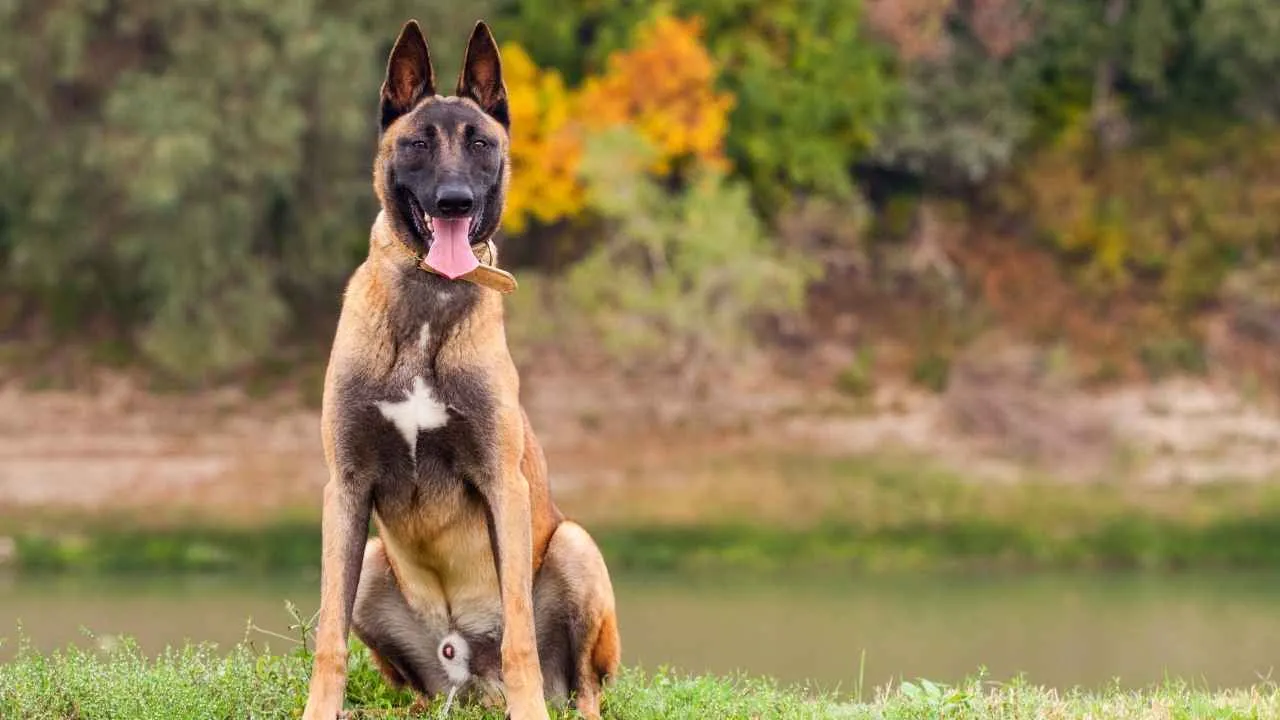
Blink, and you’ll miss its speed. The Belgian Malinois is a blur of intelligence, athleticism, and raw drive wrapped in a deceptively sleek package. It’s the preferred choice of elite K9 units — and for good reason: it’s wired to work harder, faster, and smarter than most breeds alive.

Its power lies not just in muscle but in precision. The Malinois can scale vertical obstacles, leap into moving vehicles, and change direction mid-sprint with surgical control. Combine that with its laser-focused instincts, and you’ve got an unstoppable force for tactical animal control.
Handler’s Insight:
-
Demands constant engagement and mental challenges.
-
Forms obsessive loyalty — handler is its world.
-
Not for casual owners; thrives on structured missions.
Brain & Behavior:
-
Problem-solving speed rivals that of primates.
-
High prey drive channeled effectively through discipline.
-
Responds instantly to subtle gestures or tone shifts.
Used worldwide in military, police, and animal control divisions, this breed is a kinetic genius. It reacts in milliseconds, turning chaos into control with uncanny precision.
Its defining edge? A near-supernatural work ethic that blurs the line between instinct and intelligence — the Malinois doesn’t just follow orders; it becomes them.
5. Doberman Pinscher
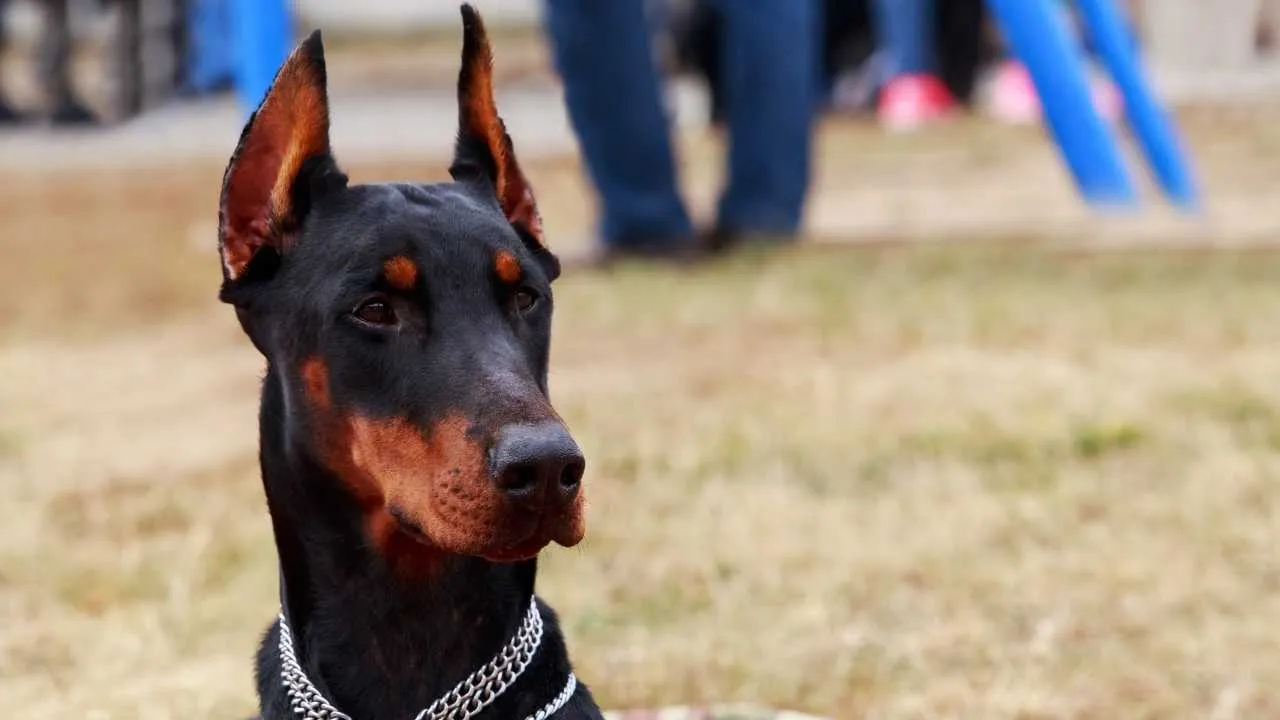
Sleek, symmetrical, and electrifying in motion, the Doberman Pinscher looks like it was sculpted for speed and strategy. This is a breed that doesn’t hesitate — it calculates, commits, and commands respect.
Dobermans have a unique build that fuses elegance with sheer velocity. Their narrow frames and powerful hindquarters deliver explosive acceleration, making them ideal for pursuit and crowd-control duties. When tension rises, a Doberman doesn’t flinch — it focuses.
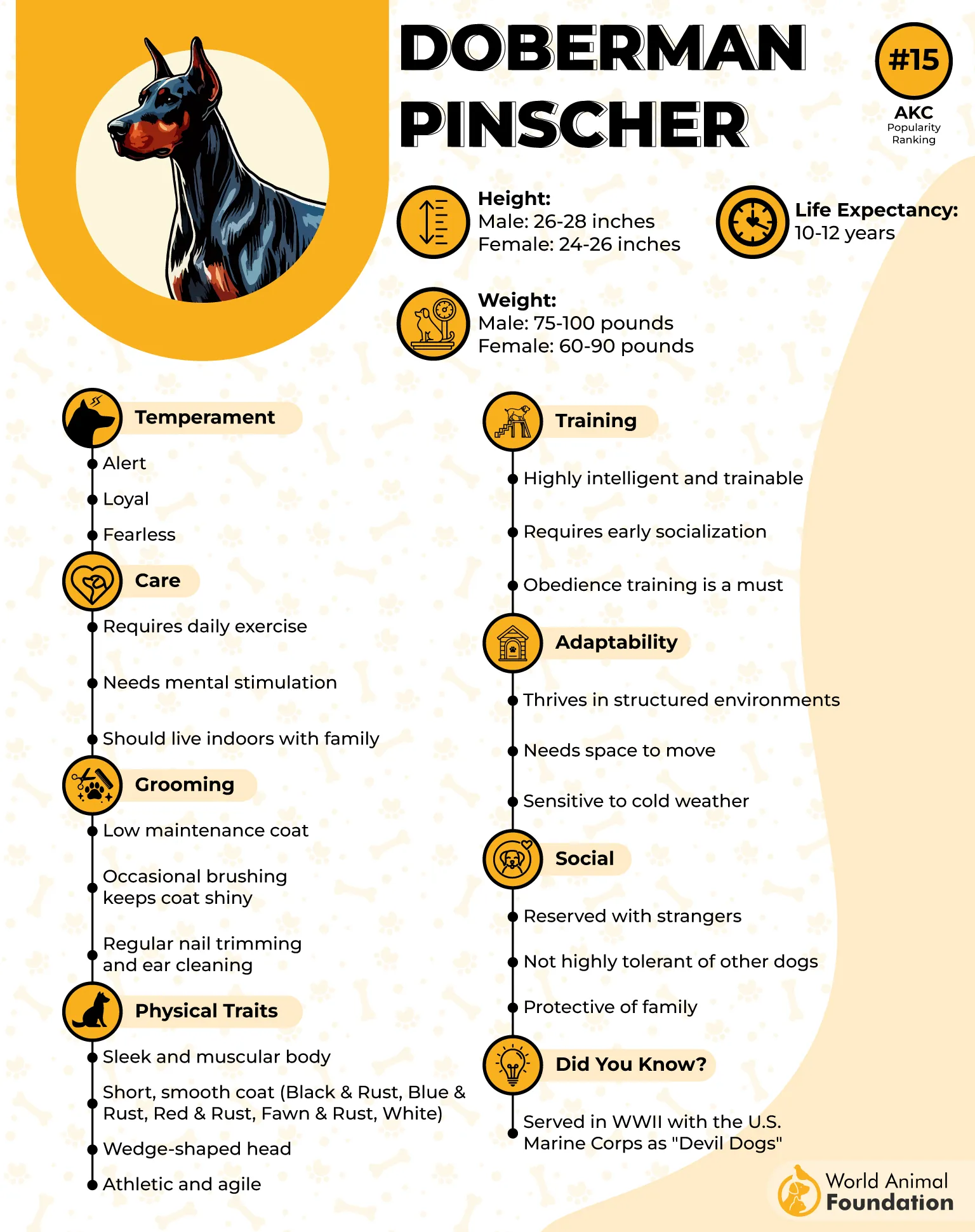
Handler’s Insight:
-
Works best with confident, communicative handlers.
-
Highly sensitive to tone and the handler’s mood.
-
Needs active, ongoing engagement to maintain peak obedience.
Brain & Behavior:
-
Extremely observant and emotionally intelligent.
-
Protective instincts activate instantly on perceived threat.
-
Sharp decision-making under pressure.
In animal control or security operations, the Doberman’s elegance becomes its edge — it intimidates without chaos, controls without waste. Every movement is deliberate, every response precise.
What makes this breed exceptional is its intelligent aggression: a balance of fury and finesse that turns every mission into a masterclass in controlled power.
6. American Pit Bull Terrier
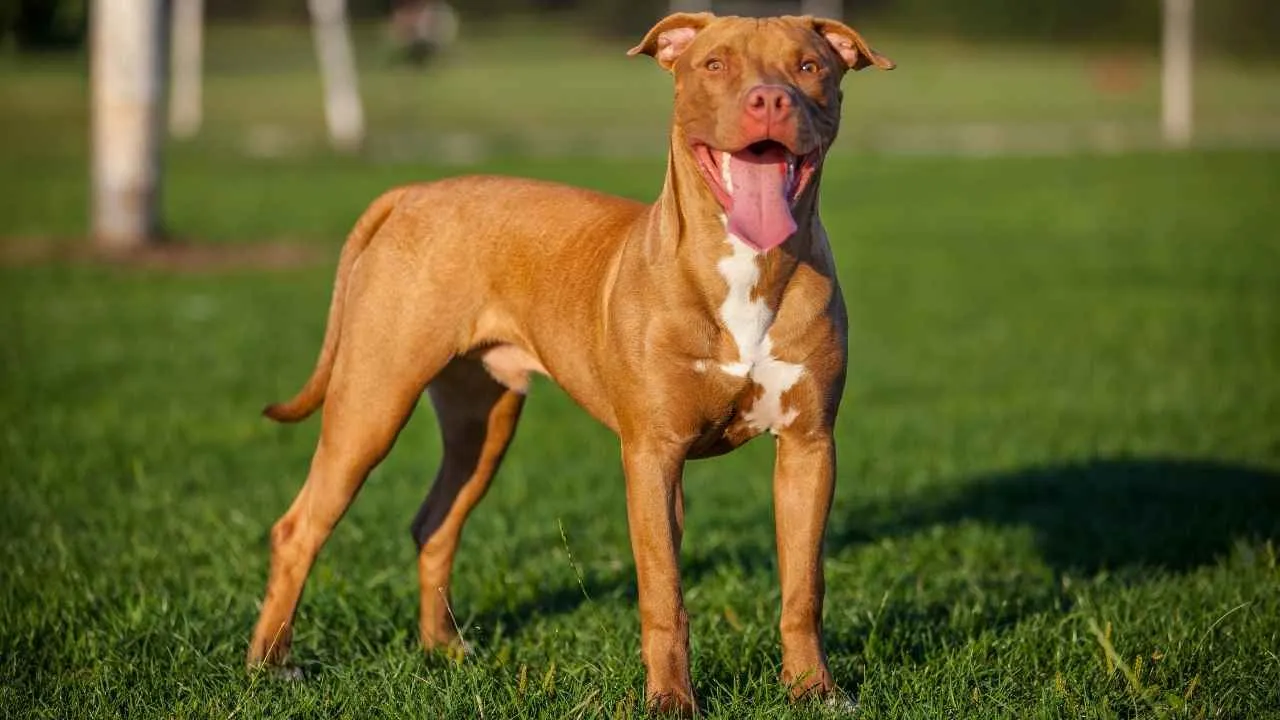
The American Pit Bull Terrier is pure intensity in motion — muscle, heart, and loyalty fused into one fearless frame. Often misunderstood, this breed’s energy is electric and its commitment unshakable. When trained with purpose, it becomes a disciplined powerhouse built for control.
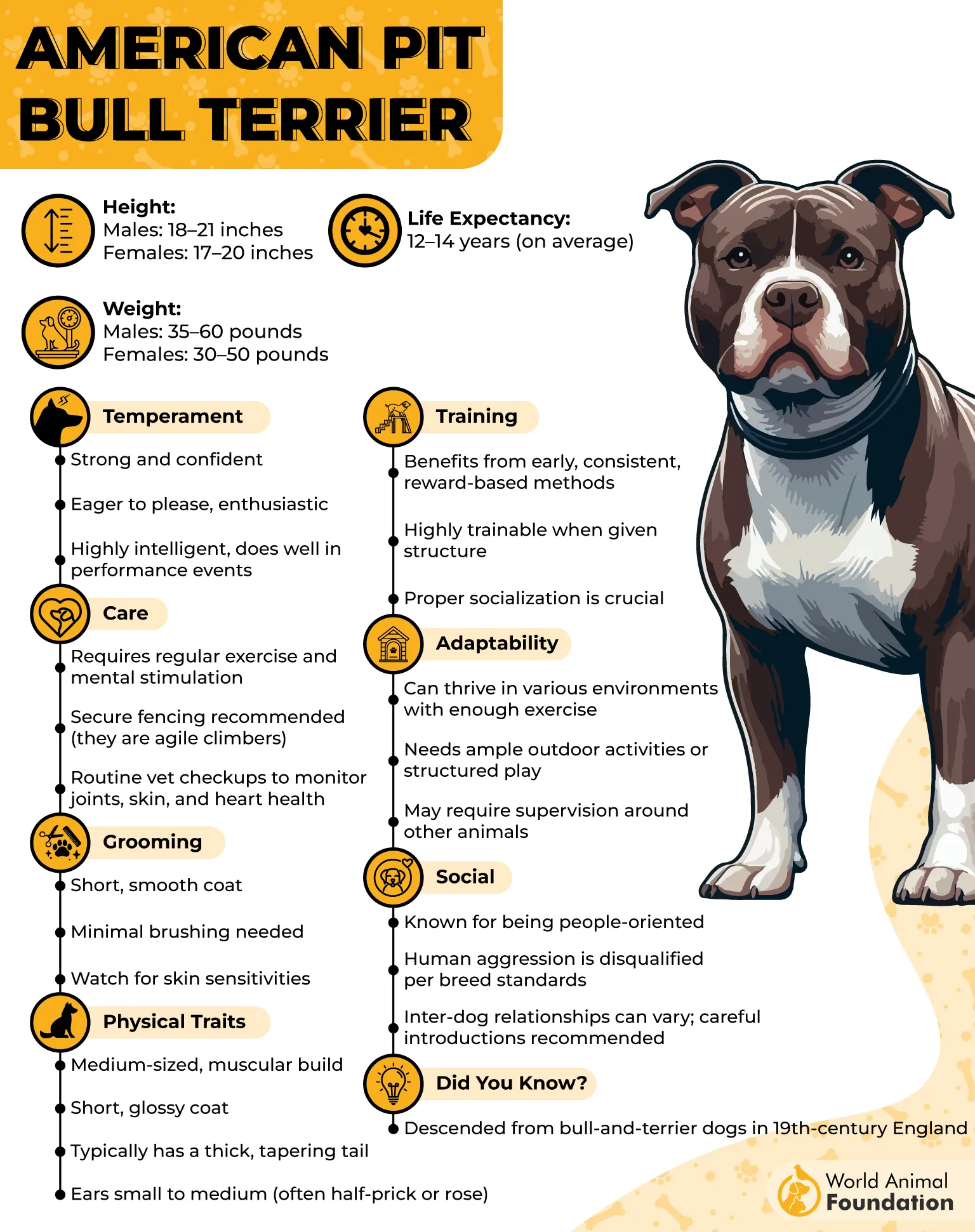
Its athletic build and compact strength make it ideal for ground-level takedowns and containment. PetMD notes that Pit Bulls possess remarkable grip endurance and agility, essential traits for rapid response work. It’s a dog that doesn’t back down from chaos — it neutralizes it.
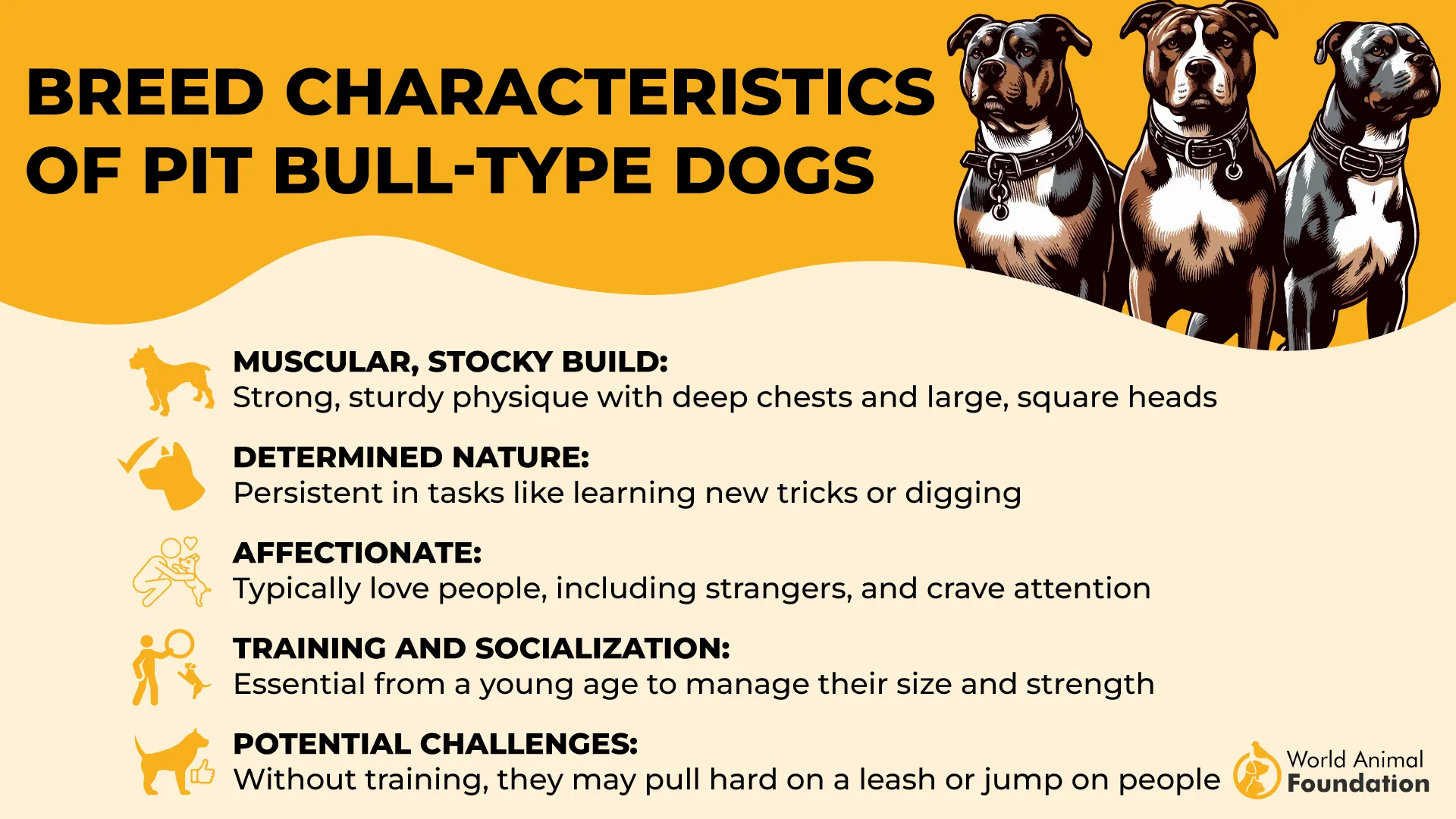
Handler’s Insight:
-
Requires consistent mental conditioning and trust-based training.
-
Flourishes under calm, assertive authority.
-
Forms unbreakable bonds with dedicated handlers.
Brain & Behavior:
-
Tenacious and driven once a task is learned.
-
High emotional awareness — reads human cues instinctively.
-
Channeling focus prevents overstimulation.
In animal control, the Pit Bull’s courage and pain tolerance make it a formidable partner in volatile encounters. It’s both resilient and responsive, always ready for confrontation when others hesitate.
Its defining trait? That shocking mix of raw grit and tenderness — a heart that protects as fiercely as it fights.
7. Rottweiler
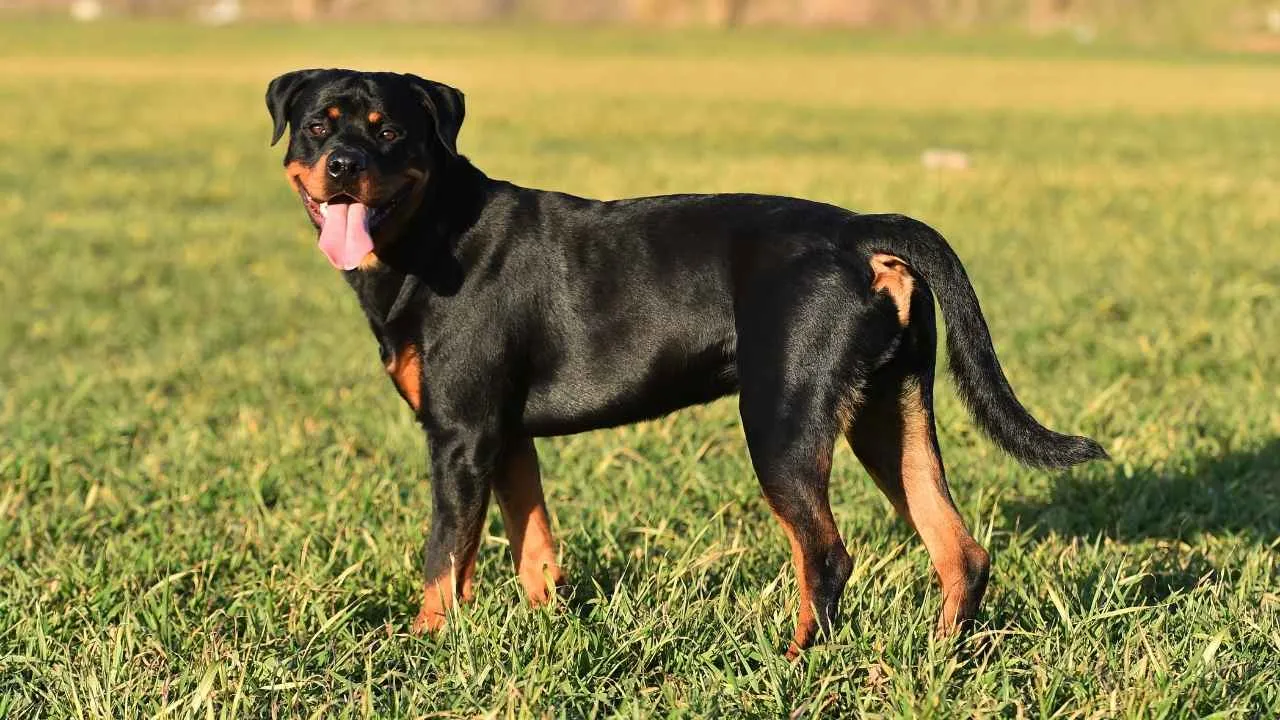
Broad-chested, iron-willed, and hauntingly calm — the Rottweiler doesn’t posture for power; it owns it. Originally bred to drive cattle and guard wealth, it now channels that primal authority into unmatched control work.
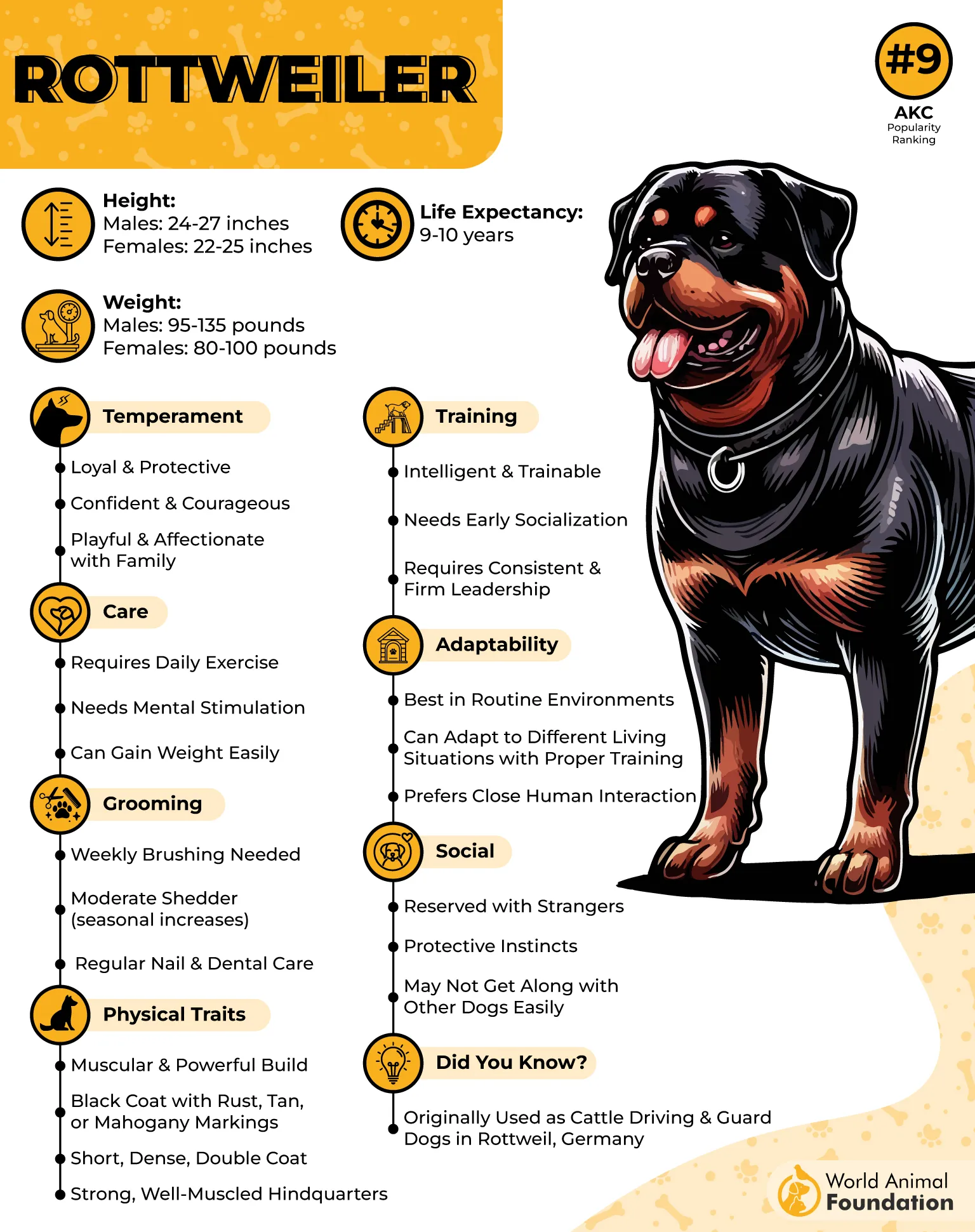
The Rottweiler’s power profile reads like a blueprint for dominance. A jaw pressure exceeding 300 PSI, combined with muscular endurance, gives it relentless holding power. But what’s more chilling is its precision — every action is intentional, every move efficient.
Handler’s Insight:
-
Needs steady confidence from its human partner.
-
Benefits from daily discipline and assertive communication.
-
Protective nature thrives on mutual respect.
Brain & Behavior:
-
Intelligent, composed, and calculating.
-
Can switch from calm to control mode in seconds.
-
Learns through observation as much as repetition.
Rottweilers excel in animal control patrols where intimidation alone can prevent escalation. They rarely need to prove their power — their presence does the work.
What makes them unforgettable is that unnerving poise — a silent strength that dominates without a roar.
FAQs
Can these strong breeds adapt to urban animal control work?
Yes. With proper training and consistent socialization from an early age, these large breeds easily adapt to busy environments. Their awareness and territorial instincts make them excellent guard dogs capable of handling both normal and threatening situations.
How do trainers build trust with such powerful breeds?
Trainers invest time, patience, and clear communication. Trust grows through consistent training, early socialization, and respect for the dog’s instinct and loyalty. This bond turns strong protection dogs into reliable, confident partners in dangerous situations.
Can these dogs switch off their “work mode” and be gentle companions?
Absolutely. The smartest breeds, including Rottweilers and Giant Schnauzers, can relax with family members and other pets when properly guided. With structure and care, their bravery and loyalty make them naturally affectionate companions off duty.
Conclusion
The best guard dogs aren’t just strong — they’re loyal, brave, and highly trainable. Their natural protective instincts and specialized training make them the best guard dog breeds for real-world protection.
Other protective dog breeds like the Staffordshire Bull Terrier, Tibetan Mastiff, Rhodesian Ridgeback, Great Dane, and Australian Shepherd also show unmatched courage and awareness.
With proper socialization, obedience training, and regular exercise, these strong dogs become loyal protectors who guard livestock, family, and home with unwavering dedication.


